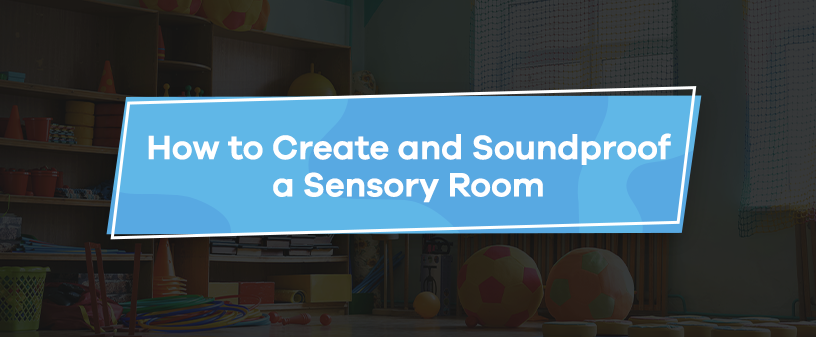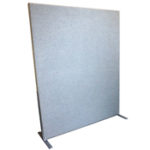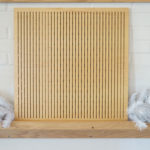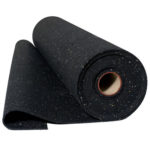
Building a sensory room provides a haven where individuals can explore and enjoy various stimuli in a controlled and calm environment. Deliver a transformative experience for anyone with sensory difficulties, anxiety or autism through a safe and sound sensory room.
Effective Ways to Soundproof a Sensory Room
Various sounds can trigger intense emotions or even physical reactions. Allow users to relax and focus on sensory experiences without noise distractions using these effective soundproofing techniques:
1. Use Acoustic Panels
Start the sensory room soundproofing by adding acoustic panels. These sound-absorbing products come in different varieties, from fabric-wrapped to perforated wood.
2. Add Acoustic Partitions
Customize the room with soundproof room dividers. The acoustic partitions can create specific areas within the sensory room.
3. Minimize Reverberations With Foam Panels
Keep echoes and other triggering reverberations to a minimum with sound-absorbing foam. The foam absorbs sound energy, reducing noise distractions in sensory rooms.
4. Install Flooring Underlayments
Install underlayment to prevent the transfer of excessive noise from walking, jumping or other physical activities. Flooring underlayment is installed to reduce impact noise and sound transfer through floors.
5. Apply Door Seals and Door Sweeps
Door seals and sweeps fill the gap beneath the door to reduce noise from entering or leaving a room.
Sensory Room Ideas — Key Elements to Keep in Mind
Loud sounds, tightly packed crowds, and overwhelming emotions are just a few of the many things that trigger sensory overload. For people with sensory challenges, these triggers can cause serious pain and stress. One effective way to reduce sensory overload is to reduce the stimulus.
A sensory room is a space with calming features to promote relaxation and emotional regulation. When diving into the process of how to create a sensory room, it is crucial to consider several factors, including:
- Adjustable lighting: Proper lighting offers a serene ambience, which is essential in a sensory room. Choose soft, warm lights with gradual transitions and dimming options to accommodate different needs.
- Tactile items: In stress-inducing situations, the sense of touch helps relax the nerves and relieve stress. Incorporate various tactile items, such as foam balls, bean bags, fidget toys and massage tiles.
- Comfortable seating: Comfort is a priority in sensory booths. Opt for cozy and ergonomic seating that delivers ultimate relaxation and functionality to cater to individual preferences.
- Safety features: Ensure safety for all users inside the room, whether it is choosing a non-slip flooring or installing equipment properly. There should be no hazardous objects that may cause discomfort or potential danger.
- Seamless accessibility: Ideally, sensory booths should be stationed on the ground floor for accessibility. Emergency exits need to be well-positioned to prioritize safety in case of evacuation.
- Soothing colors: Create a more engaging sensory room by adding calming colors, such as blue, beige and green. Bright colors may lead to overstimulation, resulting in sensory overload.
- Noise control: Beyond designs and materials, soundproofing is essential to building the ultimate sensory room. Maintain a comfortable and controllable environment with acoustic insulation and proper soundproofing.
Partner With Soundproof Cow for Serene, Soundproof Sensory Rooms
Soundproof Cow is your trusted source of soundproofing solutions for all your noise reduction projects. Make a sensory room a calming sanctuary that people with autism, anxiety or anyone with complex needs will love.
Explore our wide variety of products or contact us online to discuss your needs.













